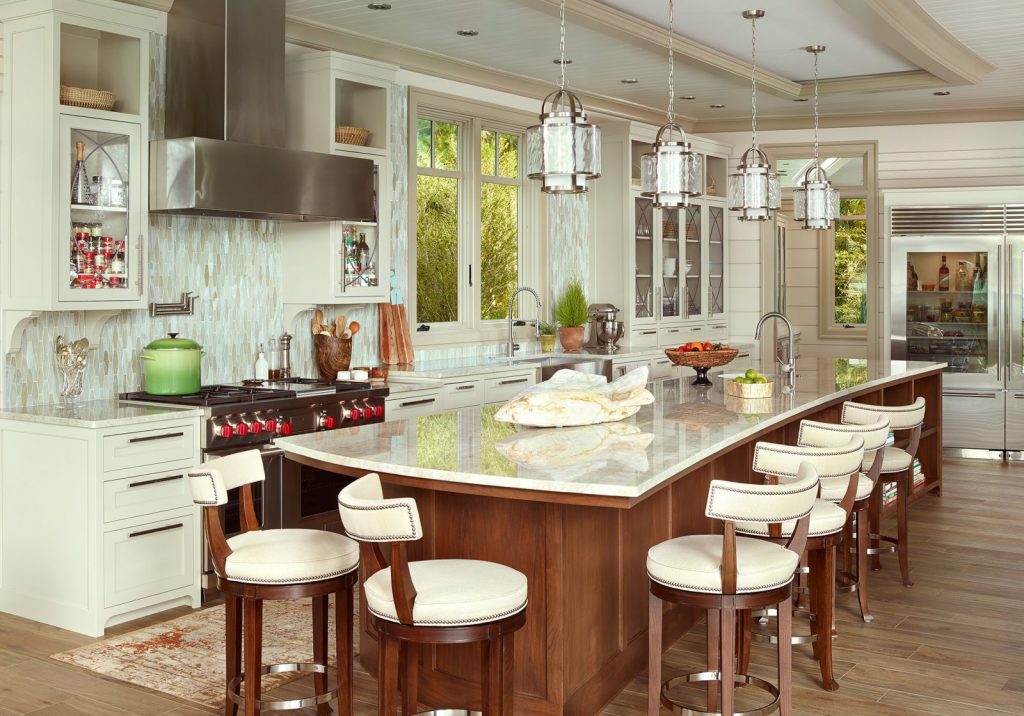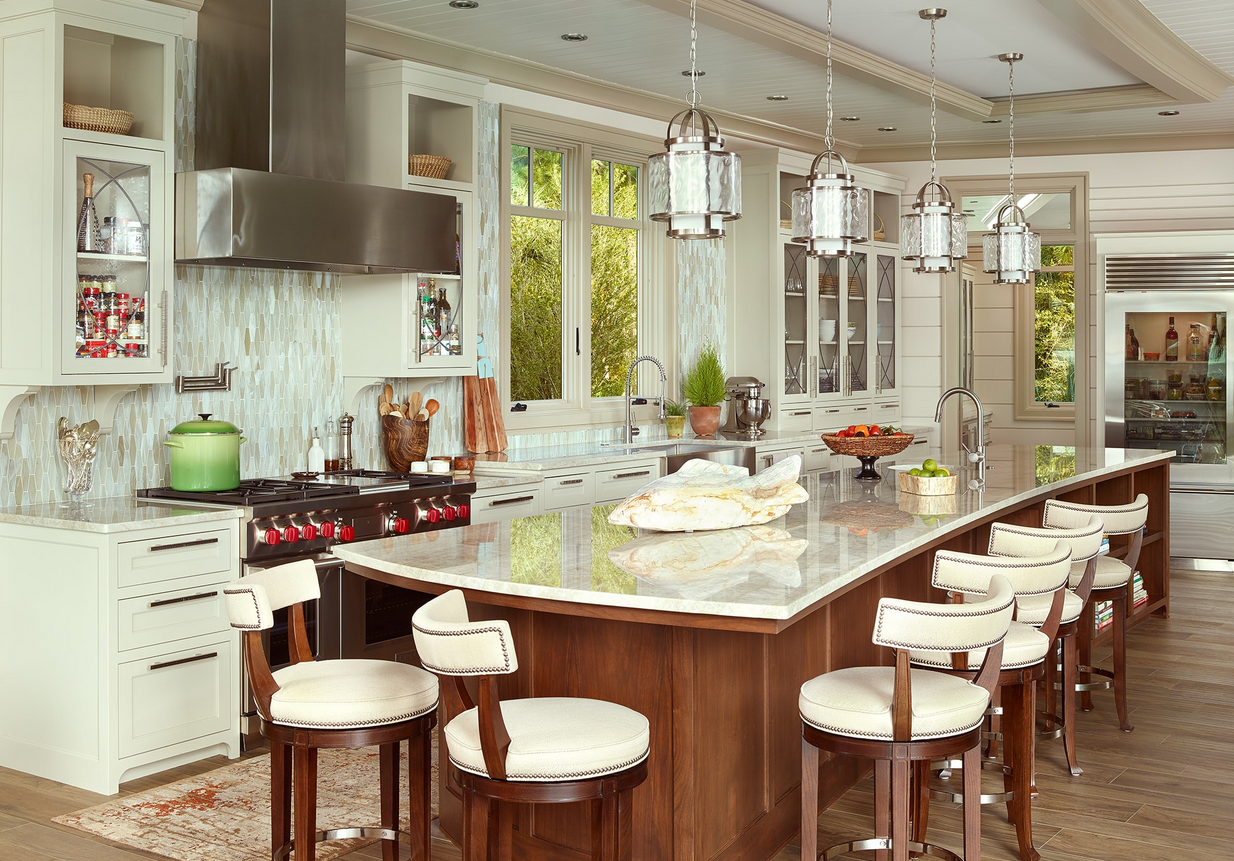Sweetgrass Baskets
May 4, 2021

Few things feel as connected to Charleston as sweetgrass baskets. The tradition came to South Carolina in the 17th century with enslaved West Africans brought to the colony to work on plantations. Early baskets were made of bullrush, but in the 1900s, basket weavers began making them out of sweetgrass, which allowed for more sophisticated designs.

Today this centuries-old tradition is kept alive by descendants of the original weavers. In Charleston, basket makers spread out their work along the sidewalks at the Four Corners of Law (Broad & Meeting Streets). In Mount Pleasant, basket stands line Highway 17 along Seven Mile or Sweetgrass Basket Makers Highway.

It’s essential to support the basket artist in our community. If you are buying baskets, be sure you’re buying the real thing from an artist, so you don’t end up with an imported “seagrass” knockoff. Baskets can take days, weeks, or months to make, so take time to talk to the artist about the process. You’ll be surprised how long one basket can take to create.
Sweetgrass baskets are one of our favorite things to give as gifts, along with a book about the tradition:
Row upon Row: Sea Grass Baskets of the South Carolina Lowcountry by Dale Rosengarten
Sweetgrass Baskets and the Gullah Tradition by Joyce Coakley
Circle Unbroken by Margot Theis Raven We frequently use sweetgrass baskets in our designs because they lend a sense of place and add warmth and texture to neutral coastal palettes. We are honored to live among the Gullah community, and it’s essential that we support traditional arts.
